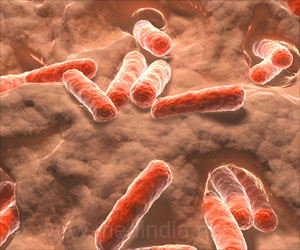Johns Hopkins scientists have developed a natural or rather biological pacemaker by fusing connective tissue cells of guinea pigs with heart muscle cells.
Johns Hopkins scientists have developed a natural or rather biological pacemaker by fusing connective tissue cells of guinea pigs with heart muscle cells. The newly developed pacemaker can fire on it’s own and regulate the rhythm of the heart in a more physiological way.
Two sets of tiny electroactive 'pacing cells' (SA node) give rise to the heart’s normal rhythm by stimulating other cells to contract in certain sequences. Potentially fatal arrythmias occur when these pacing cells are damaged or die. Pacemaker implantation is lifesaving in groups of patient tolerant to the device.The invention of the first external cardiac pacemaker by Canadian Researcher, John Hopps in 1950 is a milestone worth remembering in this regard. From what was known at that time, we have indeed come a long way in the development of the biological pacemaker.
The researchers successfully combined regular heart muscle cells having no pacing abilities with fibroblasts modified by a gene (HCN1) to help in the transmission of electrical signals. The fibroblasts were taken from the animals’ lungs. Following three minutes of cell fusion, the derived cell showed the desired activity of producing it’s own electric current. The cells behaved very similar to the natural cardiac pacemaker cells and were viable for 2 weeks.
Subsequently, the introduction of these cells into the ‘weakened’ animal hearts revealed successful incorporation into the heart muscle cells. Infact, the heart rate quadrupled to nearly half-normal levels. These cells retained the property of firing spontaneously, a hallmark of pacing cells normally found in the heart.
The disadvantages of the currently available electronic pacemaker include the necessity for periodic battery replacement, an implantation of a permanent tube (catheter) in the chest to ensure access to the pacemaker. The risk of infection is also much high due to the need for embedding diodes to carry electric current inside the heart.
Other biopacemaker technologies use adenoviruses as part of gene therapy to carry pacing genes into the heart, or use combinations of gene- and stem cell therapies. This can cause arrythmias as the result of inflammation or uncontrolled cell growth. Moreover, guiding the stem cells into the target tissue is one of technical hurdles to be circumvented.
Advertisement











